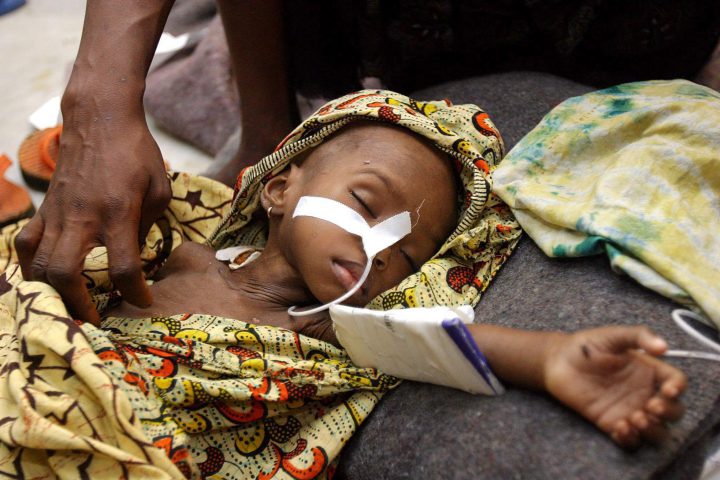LONDON — Meeting life-saving global health targets by 2030 could require investments by donors and national governments of up to $58 per person per year, or $371 billion annually, the World Health Organization (WHO) said on Monday.

In a best case scenario of increasing investment to meet the goals, some 97 million premature deaths could be prevented between now and 2030, and up to 8.4 years of life expectancy could be added in some countries, the WHO said in report.
While most countries can afford the funds needed, the poorest nations will need donor help, it added.
WATCH: Fredericton Homeless Shelters Inc. calling on province for mental health funding

The Sustainable Development Goals were adopted by the United Nations in 2015 as the world’s to-do list for the next 15 years. They cover 17 goals and 169 targets aimed at creating a healthier, safer and fairer world by 2030.
“Universal health coverage is ultimately a political choice. It is the responsibility of every country and national government to pursue it,” Tedros Adhanom Ghebreyesus, the WHO’s Director-General, said in a statement about the report.
READ MORE: World Health Day 2017: Why the WHO chose depression as its focus this year
Entitled the “SDG Health Price Tag” and published in The Lancet Global Health journal, the report found that under an “ambitious” scenario, achieving the goals would need investments to rise from $134 billion annually now to $371 billion by 2030.
A less ambitious “progress” scenario – in which the world would get two-thirds or more of the way towards meeting the SDG targets – would need new investments to increase from $104 billion a year to $274 billion, or $41 per person, by 2030.
The report found that 85 percent of the costs could be afforded by national governments, but that 32 of the world’s poorest countries would continue to need donor assistance.
High-income countries were not included, but previous research has shown they can all afford to provide universal health coverage and essential health services to their citizens.
WATCH: Insulin Breakthrough: A Canadian medical breakthrough

In both scenarios explored in the WHO report, health system investments such as employing more health workers, building and operating new clinics, hospitals and laboratories, and buying medical equipment account for about 75 percent of funding needs.
Beyond that, the costs are for medicines, vaccines, syringes and other equipment used to prevent or treat specific diseases, and for activities such as training and health campaigns.
- ‘FLiRT’ COVID-19 subvariant dominant in Canada. What to know about the strain
- RateMDs faces certified class-action lawsuit over alleged breach of privacy
- Power adapters sold on Amazon may cause electric shock, Health Canada warns
- Canadian Blood Services apologizes to LGBTQ2 communities for previous donation policy



Comments